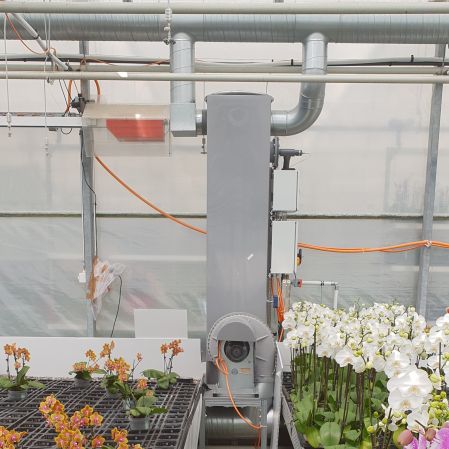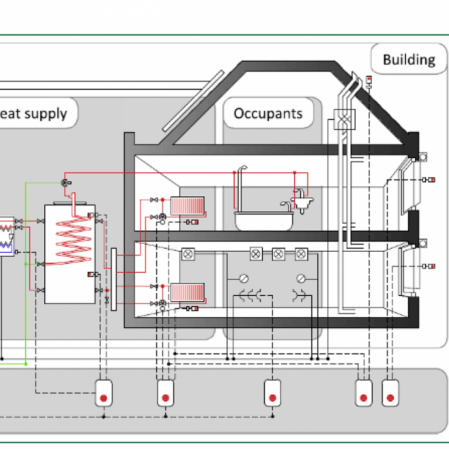Demonstrators

The partners develop the thermo-chemical components and intelligent network technology and demonstrate it in residential and industry environment to proof the technology's feasibility.
The demonstrators are in different climate zone: Switzerland, Germany and United Kingdom.
The partners develop the TC components and intelligent network technology and demonstrate it in residential and industry environment to proof the technology's feasibility.
Key research questions are:
- What are application cases with the highest potential? What are the technological requirements?
- Which thermo-chemical fluid offers the best performance for each specific case study? Which fluid fulfils the most requirements?
- How should components be constructed in order to deliver the best performance in given application?
The technology development uses three phases:
- Development of components: the single components are developed and they are tested in combination with different fluid types. A suitable combinations of the components for the multifunctional network is selected
- Performance measurement: a systematic parametric performance test provides the base data for modelling and simulation
- Installation of equipment in demonstrators: the system is tested under real conditions generating data for the validation of the simulation
Simulation and control: Virtual development

The modelling of H-DisNet technology for simulation provides the basis for control strategies, large network examination and potential assessment.
On this basis, smart control strategies and a network identification tool are developed.
The work is structured as follows:
- New components are added in the library based on models from the performance data. The result is a comprehensive simulation of the environment;
- the components and the simulation environment through the data provided by demonstrators;
- different configurations of integration of heat suppliers, users and storages are simulated;
- concepts of Automated Network Identification (ANI) are developed for H-DisNet: smart operation require intelligent planning, i.e. a matching of sources and consumers firstly in terms of spatial distribution and secondly in terms of time schedule.
Network configurations are identified for the economic and environmental potential assessment.
The IDEAS library is used as basis.
Strategy and case studies
A strategy plan and a business model are developed through a comprehensive economic and environmental assessment based on case studies.
This development takes place based on simulation and case study data and allows defining the path to market.
The focus is on:
- Analysis of the actual market situation;
- life-cycle costs (LCC) and Life-cycle assessment (LCA): they provide support and input into technological decisions;
- Net Present Value (NPV) and Return of Investment (ROI) by considering key scenarios for price and market development
- Market path development: the European legislation is analysed to determine any potential constraints or obligations
- Value chain analysis

